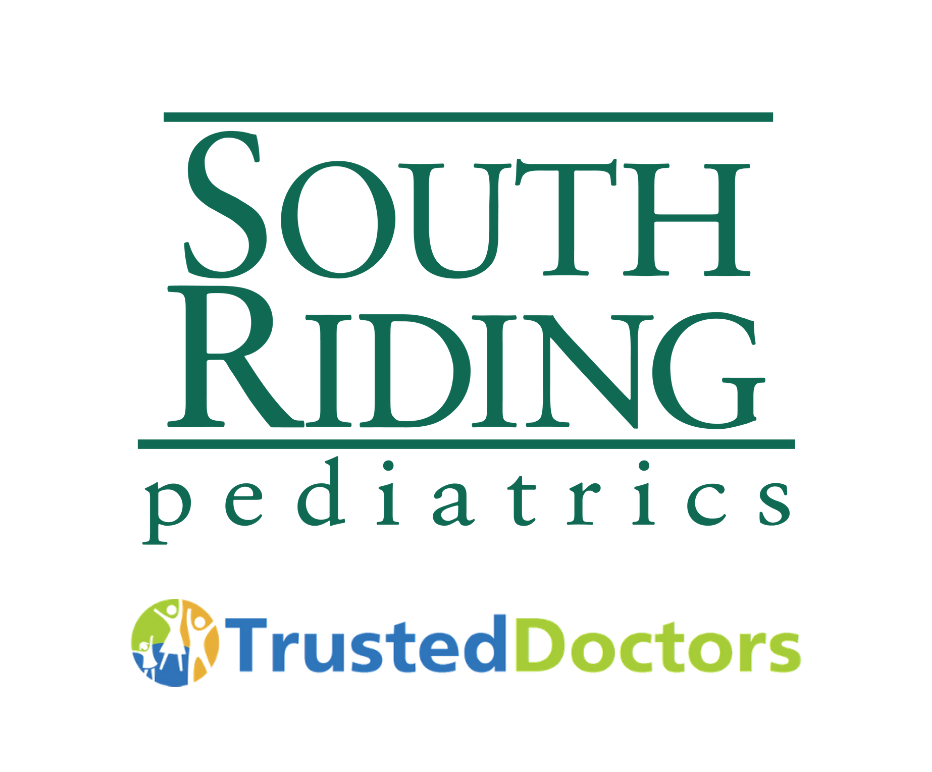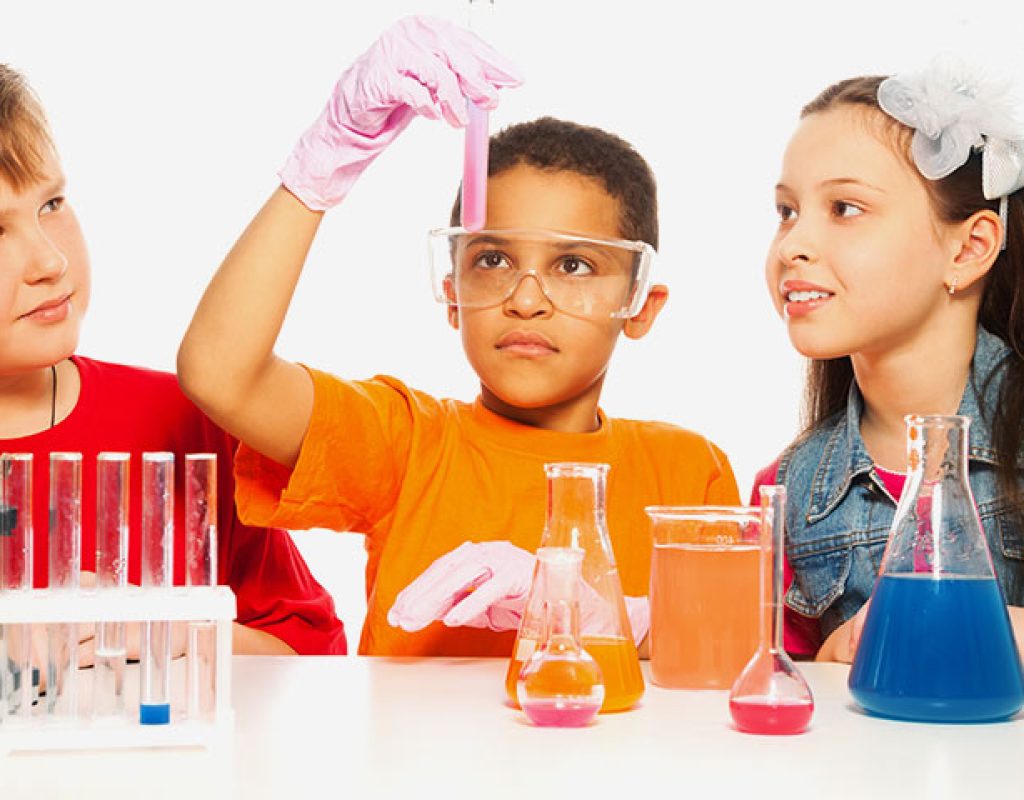Reading recommendations from Dr. Alice Mar
This fall, I’ve been sharing some books to use as supplements for schooling at home during this season when school looks different than the norm. This month we’ll look at my favorite subject: science. Science is one of the easiest subjects to teach to young kids, in my opinion. Kids are natural scientists, full of curiosity about the world around them. And there are so many wonderful books available to spark their interests and open up new worlds to explore. Here are just a few of our favorites.
What do You Do When Something Wants to Eat You? by Steve Jenkins
Really, this could be any title by Steve Jenkins. I am a huge fan of Jenkins and all three of my kids loved his books. His books tend to be about biology and nature and feature intricate cut-paper collage illustrations. This particular book looks at innovative ways animals in the natural world protect themselves from their enemies. My boys in particular found this one both hilarious and fascinating.
Look Up! Bird-Watching in Your Own Backyard by Annette LeBlanc Cate
The graphic novel style of the illustrations in this unusual book will grab kids’ attention. The funny captions and quirky drawings are just the icing on the cake, however. The real message is to encourage kids to scientists right in their own backyard as they observe the world around them.
The Tapir Scientist by Sy Montgomery
Sy Montgomery is another name to write down and just get everything she has ever written. This book is one in the fabulous Scientists in the Field series that highlights actual scientists and their research. We’ve read most of them over the years but this particular book has a special place in my heart for featuring the weirdly wonderful tapirs. The stunning photographs by Nic Bishop accompanying the text serve to really bring the story to life.
I Feel Better with a Frog in My Throat: History’s Strangest Cures by Carlyn Beccia
This is probably the weirdest book I’ve ever bought my kids, and also one of the best. The format is an interactive quiz as the reader tries to guess what strange cures were actually used. And which ones actually worked.
Tiny Creatures by Nicola Davies
A look at microorganisms in an engaging and accessible picture book.
Volcano Rising by Elizabeth Rusch
A look at volcanoes that emphasizes their creative properties instead of just seeing them as instruments of destruction. The beautiful mixed media illustrations bring the volcanoes to life.
Your Place in the Universe by Jason Chin
Jason Chin is another name to go out and just buy all his non-fiction picture books, particuarly the one on the Galapagos Islands. His illustrations alone are works of art and the accompanying text is lyrical and informative. This new book explores the mind-blowing concept of size and scale when we look at the UNIVERSE.
A great way to learn about science is to explore picture book biographies about great scientists. These books often introduce the reader to an individual and also open eyes to a new field of science. Here are just a few of the best.
Tree Lady by H. Joseph Hopkins tells the story of Katherine Olivia Sessions, an early environmentalist who transformed the landscape of San Diego with her love of trees.
The Watcher by Jeannette Winter about Jane Goodall
Star Stuff: Carl Sagan and the Mysteries of the Cosmos by Stephanie Roth Sisson
On a Beam of Light: A Story of Albert Einstein by Jennifer Berne
ManFish: A Story of Jacques Cousteau by Jennifer Berne
Life in the Ocean: The Story of Oceanographer Sylvia Earle by Claire A. Nivola
The Boy Who Drew Birds: A Story of John James Audubon by Jacqueline Davies





